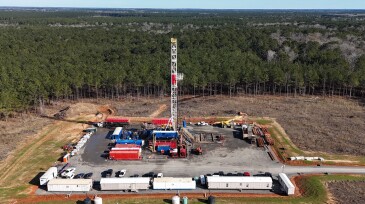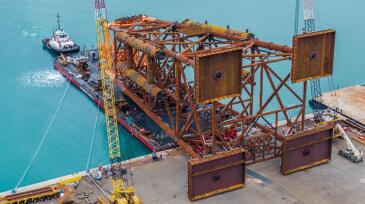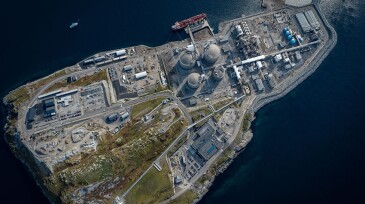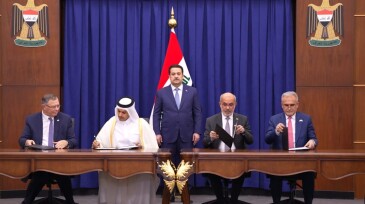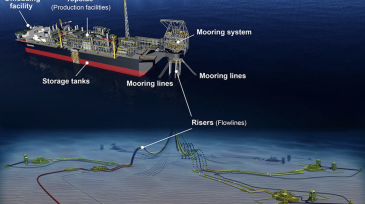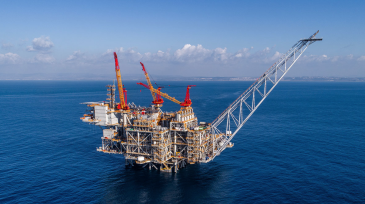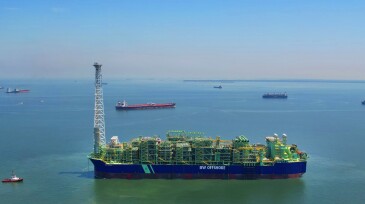Management
The agreement requires the partners to conduct their own proprietary 3D survey of Block 8 in hope of zeroing in on the sweet spot that eluded the TotalEnergies-led consortium when it drilled a dry hole in an adjacent block in 2023.
Murphy Oil’s Hai Su Vang (Golden Sea Lion) appraisal well reinforces the commerciality of the 2025 discovery.
The London-headquartered independent acquires position in the US Gulf while preparing Zama for final investment decision.
-
Smackover Lithium, an Equinor joint venture, will drill new wells on the Franklin project to get a better understanding of its brine makeup and lithium potential.
-
Angola expects an 18% rise in natural gas production by 2030 as global producers invest in offshore exploration and new field development.
-
The subsea field is part of the larger Snøhvit development in the Barents Sea.
-
A 15-year SPE member, he will oversee the Office of Fossil Energy and the National Energy Technology Laboratory, managing a $5-billion R&D portfolio spanning coal, oil, natural gas, and critical minerals with the goal of advancing affordable and reliable energy solutions.
-
Iraq’s Gas Growth Integrated Project aims to increase electricity generation by capturing flare gas collected from three southern oil fields. A desalination project will use treated seawater to maintain well pressures.
-
MODEC will supply the FPSO that will host up to 18 wells in the initial phase of development.
-
BW Opal FPSO has capacity for 850 MMcf/D of gas, which will be treated and sent on to the Darwin LNG facility, and 11,000 B/D of condensate, which will transferred via tanker.
-
Nitzana will enable Israel to double gas exports to Egypt from the giant Leviathan gas field in the Eastern Mediterranean.
-
Nearly 90% of investment since 2019 has gone to replacing lost production, with $570 billion in spending projected for 2025.
-
Months of due diligence and evaluation following proposed $18.7 billion deal results in no deal to purchase Australian operator.




